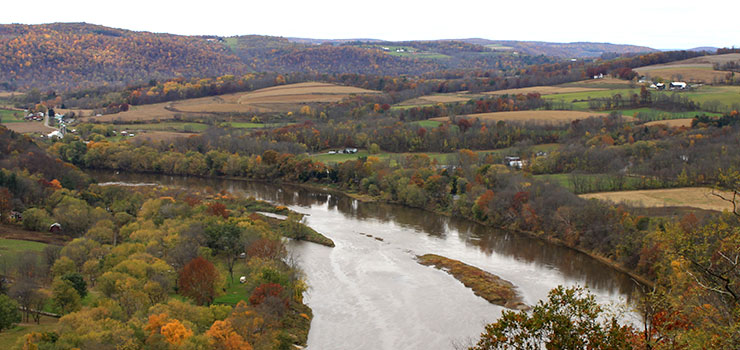There are many state and federal agencies whose policies impact the chemical industries.
When PCIC and our member companies are involved in matters of state and federal public policy, it is good to have the following departments' websites available to answer any regulatory questions.
Pennsylvania Department of Environmental Protection
The Department of Environmental Protection’s mission is to protect Pennsylvania’s air, land and water from pollution and to provide for the health and safety of its citizens through a cleaner environment. We will work as partners with individuals, organizations, governments and businesses to prevent pollution and restore our natural resources.
Click to visit the PA Department of Environmental Protection…
Pennsylvania Department of Labor & Industry
The Department of Labor & Industry (L&I) employs more than 6,000 workers in 200 offices statewide. Established in 1913, the department originally inspected the working conditions in factories around the state. Over time, the department’s responsibilities expanded.
L&I administers benefits to unemployed individuals, oversees the administration of workers’ compensation benefits to individuals with job-related injuries and provides vocational rehabilitation to individuals with disabilities. The department prepares job seekers for the global workforce through employment and job training services for adult, youth, older workers and dislocated workers. In addition, L&I enforces various laws and safety standards in the workplace and administers the commonwealth’s programs for community service by young Pennsylvanians.
L&I also promotes economic development and an improved business climate through a variety of initiatives and programs to help Pennsylvania’s workforce remain world-class and globally competitive.
Click to visit the PA Department of Labor & Industry…
Pennsylvania Department of Conservation and Natural Resources
The Pennsylvania Department of Conservation and Natural Resources is charged with maintaining and preserving the 120 state parks; managing the 2.2 million acres of state forest land; providing information on the state’s ecological and geologic resources; and establishing community conservation partnerships with grants and technical assistance to benefit rivers, trails, greenways, local parks and recreation, regional heritage parks, open space and natural areas.
The PA DCNR strives to:
- Pursue excellence in the management of state park and forest lands
- Promote responsible stewardship of the commonwealth’s natural resources
- Improve communities through access to conservation and recreational resources
- Operate effectively and efficiently
Click to visit the Pennsylvania Department of Conservation and Natural Resources…
Pennsylvania Emergency Management Agency (PEMA)
The Pennsylvania Emergency Management Agency works to plan responses to, prevent loss from, communicate news about, coordinate resources for and help communities recover from natural and man-made disasters and emergencies.
Click to visit the PA Emergency Management Agency…
Pennsylvania Department of Community and Economic Development
The mission of the Department of Community and Economic Development (DCED) is to foster opportunities for businesses to grow and for communities to succeed and thrive in a global economy. Our mission is to improve the quality of life for Pennsylvania citizens while ensuring transparency and accountability in the expenditure of public funds.
Click to visit the PA Department of Community and Economic Development…
U.S. Environmental Protection Agency
The mission of EPA is to protect human health and the environment.
EPA’s purpose is to ensure that:
- All Americans are protected from significant risks to human health and the environment where they live, learn and work
- National efforts to reduce environmental risk are based on the best available scientific information
- Federal laws protecting human health and the environment are enforced fairly and effectively
- Environmental protection is an integral consideration in U.S. policies concerning natural resources, human health, economic growth, energy, transportation, agriculture, industry and international trade, and these factors are similarly considered in establishing environmental policy
- All parts of society — communities, individuals, business and state, local and tribal governments — have access to accurate information sufficient to effectively participate in managing human health and environmental risks
- Environmental protection contributes to making our communities and ecosystems diverse, sustainable and economically productive
- The United States plays a leadership role in working with other nations to protect the global environment







